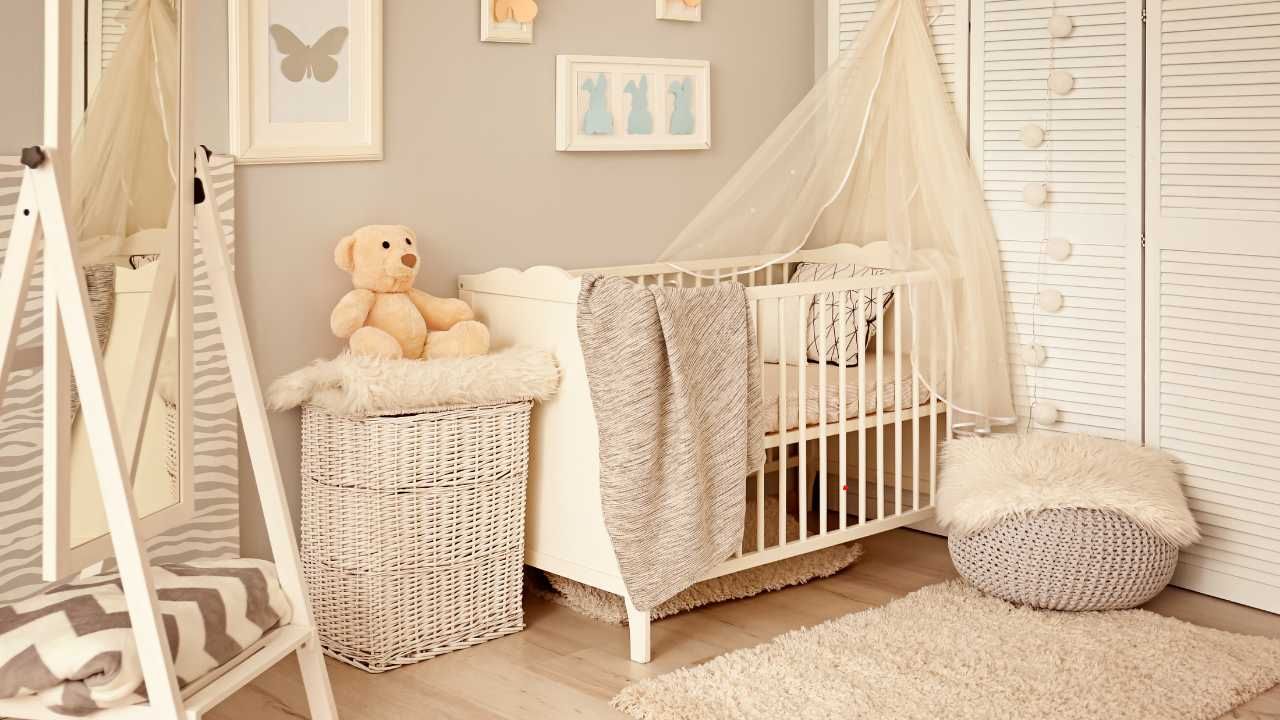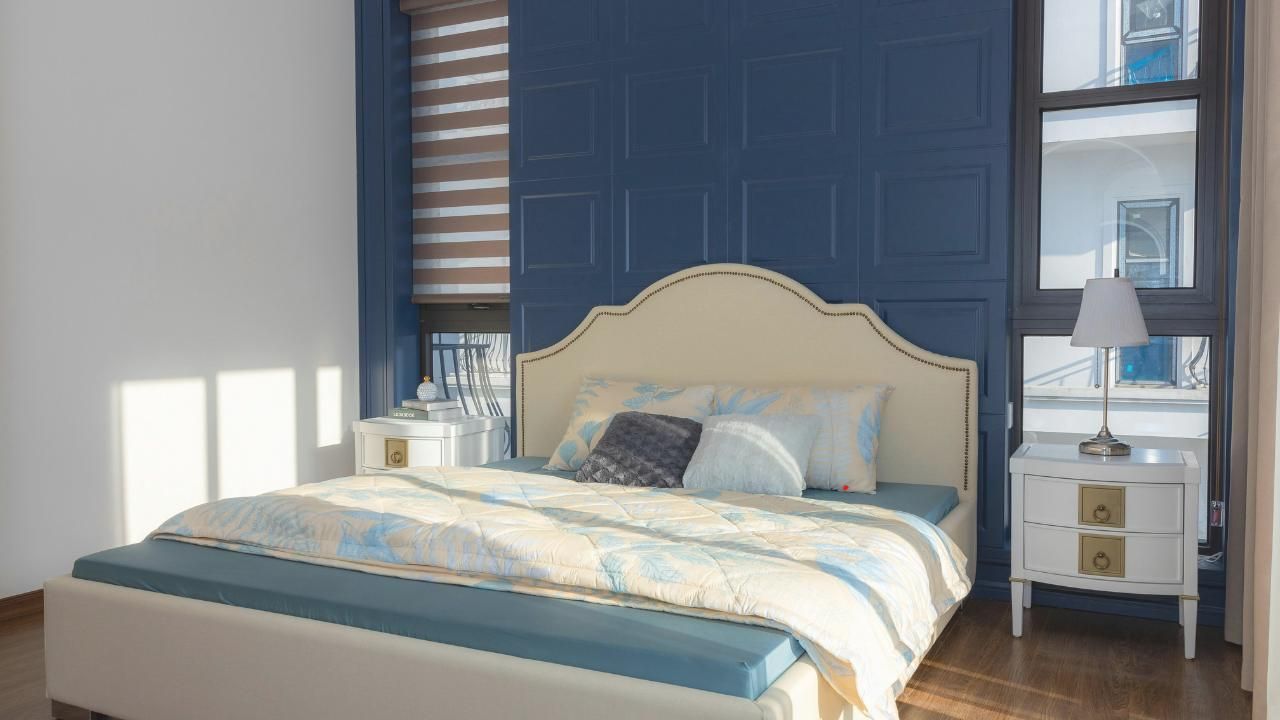
Choosing the right paint color for your baby’s nursery is about more than just style—it’s about creating a safe, comforting environment where your little one can thrive. Parents often feel overwhelmed by the endless options at the paint store, but color psychology offers a helpful guide. Certain shades can promote relaxation, reduce stress, and even encourage better sleep.
If you’re planning a nursery makeover, working with a trusted house painter Gresham Oregon families rely on, such as Premier Painting & Contracting LLC, can make the process smoother. Their expertise in interior painting ensures the room isn’t just beautiful, but perfectly suited to your growing family’s needs.
Why Calming Colors Matter
Babies are incredibly sensitive to their surroundings, and colors can play a significant role in shaping mood and development. While bold, bright shades might be stimulating, they aren’t always the best choice for a room meant for rest. Soft, muted colors create an atmosphere of serenity that helps both baby and parents relax. Imagine late-night feedings in a room bathed in soft blue or pale lavender—it feels less stressful and more nurturing than one painted in neon yellow or fiery red.
Popular Calming Colors for Nurseries
When deciding on nursery colors, think about tones that feel gentle and timeless. Some of the most popular calming choices include:
- Soft blues: Known for promoting tranquility, light blue shades mimic the sky and sea, encouraging peaceful sleep.
- Gentle greens: Shades like sage or mint evoke nature and balance, creating a restorative atmosphere.
- Warm neutrals: Creams, light taupes, and sandy tones bring warmth without overwhelming the senses.
- Lavender and lilac: Soft purples are soothing and slightly whimsical, perfect for a cozy nursery.
- Muted pinks: Blush tones offer a warm, tender feel without being overly stimulating.
The beauty of these colors is their versatility—they can grow with your child. A nursery painted in sage green or sandy beige can easily transition into a toddler’s room or even a study space years later.
Tips for Choosing the Right Shade
It’s easy to fall in love with a paint swatch at the store, only to discover it looks completely different once applied to a wall. To avoid this, test samples in your nursery at different times of day. Natural and artificial lighting can dramatically change how a color appears. Also, think about how the paint will coordinate with furniture, curtains, and décor.
For added depth, consider using two complementary shades. For example, pair a light beige with a soft green accent wall. This adds visual interest without sacrificing calmness.
Case Study: A Peaceful Nursery Transformation
One local family wanted a relaxing space for their newborn but didn’t know where to start. After consulting with professionals, they chose a soft lavender for the walls and a cream trim. The result was a soothing environment that made nighttime routines more enjoyable. The parents reported that not only did the room feel more inviting, but they themselves felt calmer while rocking the baby to sleep. The right paint color made a noticeable difference in their daily lives.
The Final Touch
Painting a nursery is more than a design project—it’s about creating a space filled with comfort, warmth, and love. By choosing calming colors and working with experienced painters, you can set the foundation for a room where your child feels safe and nurtured.
If you’re ready to transform your nursery into a serene retreat,
reach out to a
professional painting company that understands both style and function. The right shade of paint might be the first step toward countless peaceful nights.





